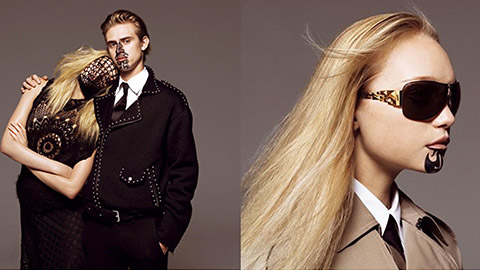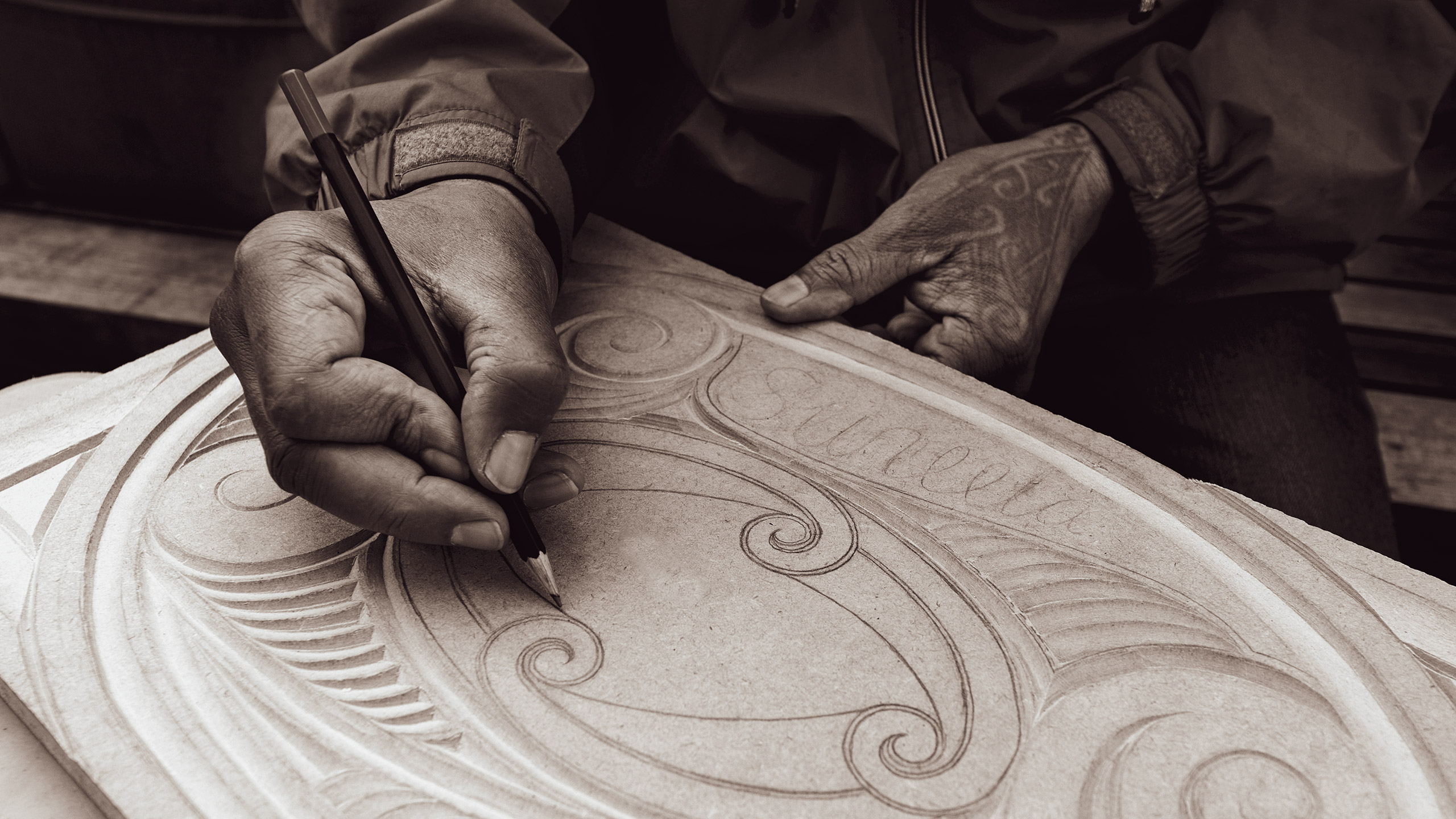Someone’s cultural awareness is their understanding of the differences between themselves and people from other countries or other backgrounds, especially differences in attitudes and values.Collins Dictionary
The work environment and culture are not separated. A person’s understanding and beliefs are carried with them into any dynamic they are in.
Three basic principles about culture:
- Cultures are dynamic, they change over time
- Individual people can belong to different cultural groups
- A person does not necessarily represent the culture or the group, in other words, what characterises the culture cannot be applied one-to-one to a person.
What does it mean to be 'culturally aware' in the design world? It means that you are conscious of the images that you portray. You think about how you represent culture, the meaning of the message you are depicting and being conscious that it is not offensive to anyone. Cultural awareness is not about assumptions or arrogance--it is about being open, curious and respecting others' views even if they are different from your own.
Another area of caution is in 'cultural appropriation'. When representing an idea from a culture that you do not understand, it is important to seek advice from a trusted member of that culture.
What is cultural appropriation?
'The unacknowledged or inappropriate adoption of the customs, practices, ideas, etc. of one people or society by members of another and typically more dominant people or society.'
For example, let us say that your client would like you to create digital marketing material for their sandstone tiles. The client is fascinated by the Egyptians. Which would be the most respectful idea?
- Have beautiful Caucasian women, that would be great for the target audience, dress up in Egyptian clothing and sit on the tiles while being fanned and fed grapes.
- Creatively express the history of sandstone used by the Egyptians while conveying the message of how it has lasted through the centuries and is a trusted product.
There is a balance between appealing to your target audience and respecting what your digital products represent.
An example of perceived cultural appropriation is by designer Jean Paul Gaultier. He used Maori-inspired moko (facial tattooing) designs in a 2007 French fashion campaign, sparking outrage.

How does this affect design?
When designing, you have the power to create designs that can create influence. The responsibility lies with how you use this power to convey respect for cultures, a deeper understanding of the image and message you are portraying and the accuracy of this message.
When using cultures, you have the ability to bring awareness and attention to the history behind their people. Using this voice to honour truth and accuracy of information can be a positive step in the design industry.
The Treaty of Waitangi (Te Tiriti o Waitangi) is New Zealand’s founding document. It takes its name from the place in the Bay of Islands where it was first signed, on 6 February 1840. This day is now a public holiday in New Zealand. The Treaty is an agreement, in Māori and English, that was made between the British Crown and about 540 Māori Rangatira (chiefs).
Let's take a look at the events that have taken place prior to the establishment of New Zealand's founding document.
Culture puts constraints on human behaviour, thinking processes and interaction. Cultural constraints are either:
- prescriptive: people should do certain things OR
- proscriptive: people should not do certain things.
Cultural constraints go a long way toward telling people what they can do; where they can choose; with whom, where and how they can interact; and they also help solve the problem of having to compare seemingly incomparable things.
Cultural constraints and conventions are about what people believe and do, and the only way to find out what people do is to go out into their normal environment and watch them. They encourage you to engage in discussion and to be open and curious.
When we view culture as a stream that has flowed down the centuries from one generation to the other, it creates the respect that cultural restraints can appear in cultures based on protection, conservation or generational beliefs.
There are also cultural restraints outside certain cultures. For example, there are prescriptive constraints placed by the New Zealand Government in order to preserve the Māori heritage and art. Creative New Zealand is one organisation that has moved progressively to assist and encourage the arts and there have been many movements and organisations put in place for the preservation and growth of cultural traditions.
Constraints, as a designer, can occur in many ways. Consider:
- Constraints of the culture of the company
Having strict guidelines of what to do and how to do it based on the company's beliefs, values and the ways they 'have always done things'. - Creative constraints
These relate to finances, resources, timelines and what the company would like. - Cultural constraints
Cultural constraints are about respecting the history and story of a culture. You may think you are being creative by redesigning a cultural pattern, or reusing it for something else--but not without knowledge of its history and/or seeking the permission of elders. It also has a lot to do with intention and context. If you were advertising a new shampoo and thought that the cultural patterns looked appealing, then this would be highly disrespectful. Whereas if you were approached by a Māori group to create something for their upcoming cultural event and used their cultural patterns with reverence and permission, this is being respectful.
Constraints are not always a limitation. This next video explains how constraints hold power.

Using this NZ Government resource, research the history of the Treaty of Waitangi.
Construct a creative visual representation in your CANVA portfolio. Remember to remain respectful and factual with your creation.

